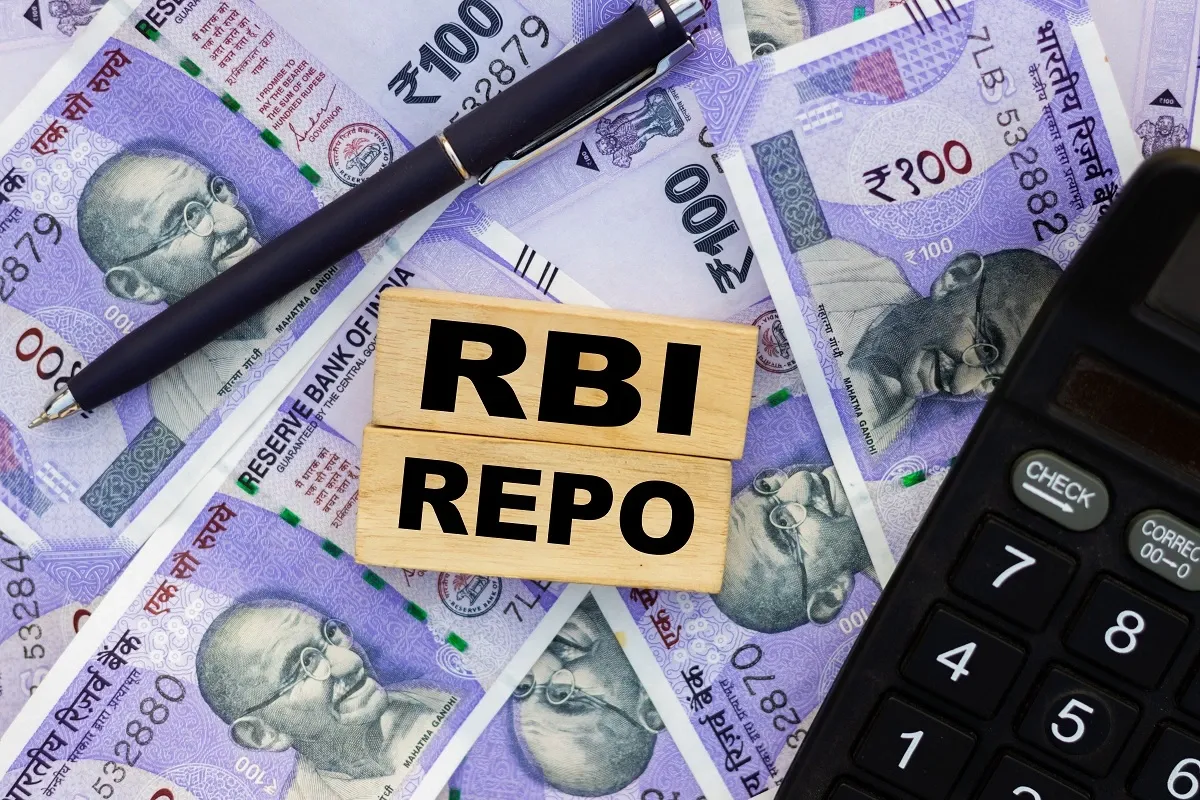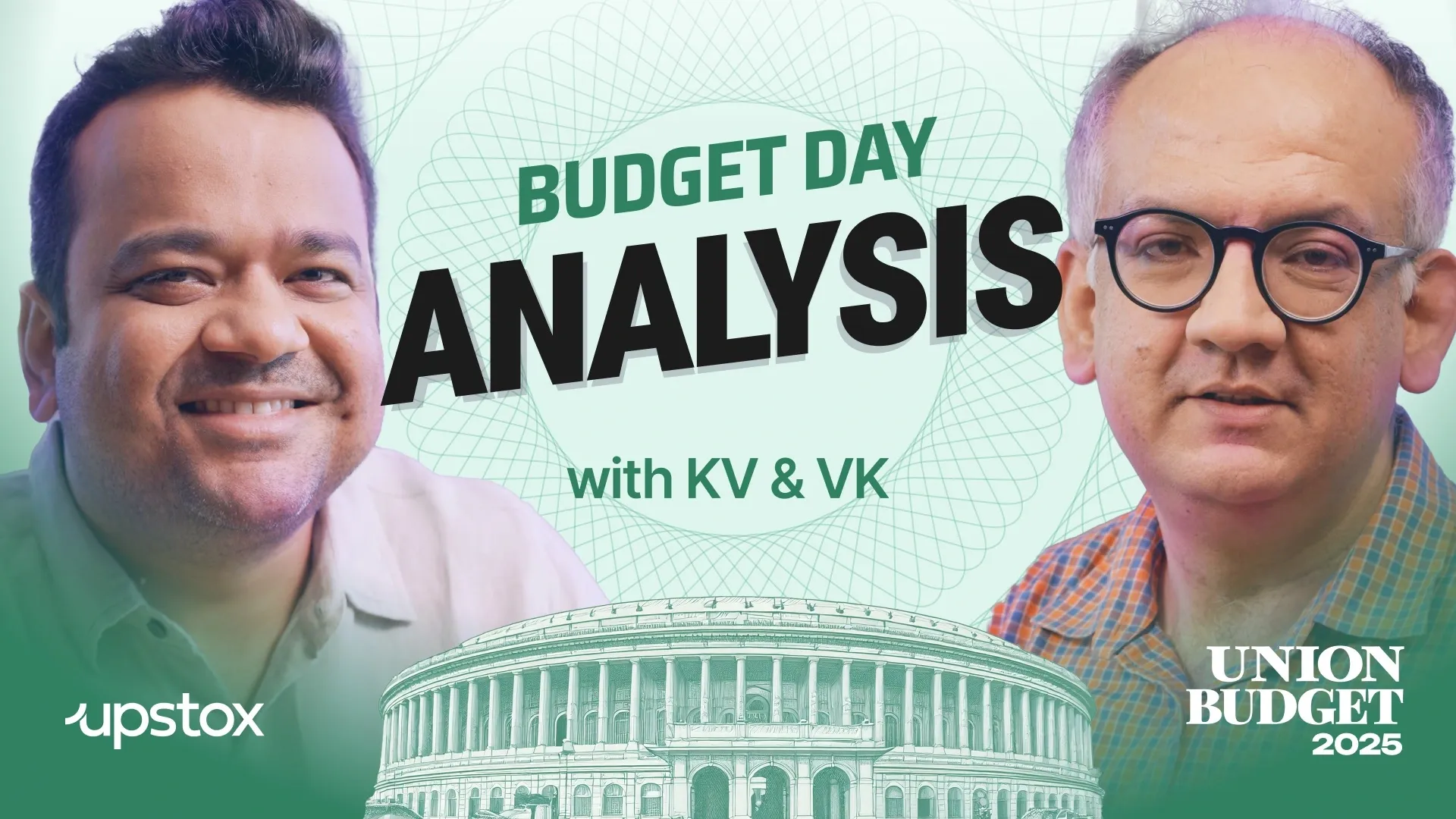Business News
7-day gold return, ₹5K penalty for delay: RBI drafts uniform rules for loan against yellow metal
.png)
5 min read | Updated on April 09, 2025, 18:14 IST
SUMMARY
The Reserve Bank of India (RBI) has released draft guidelines to harmonise and tighten regulations on loans against gold jewellery, ornaments, and specific coins across banks and NBFCs.

Gold prices continued to strengthen and reached new heights every month in 2025 till March.
The Reserve Bank of India (RBI) on Wednesday issued draft directions to harmonise and tighten regulations governing loans against gold collateral across banks and non-banking financial companies (NBFCs), including housing finance firms and cooperative banks.
The proposed framework, applicable to loans backed solely by gold jewellery, ornaments, and specified coins, seeks to address concerns over inconsistent lending practices, improve borrower protections, and strengthen risk management standards among lenders.
In its draft guidelines, the central bank reiterated its prohibition on lending against primary gold such as bullion and bars due to "macro-prudential concerns and the speculative, non-productive nature" of such transactions. However, it noted that loans against gold jewellery and ornaments have been permitted historically to help borrowers meet short-term liquidity needs.
"While the core philosophy of regulating such loans remain the same across different regulated entities (REs), the regulations vary in certain aspects due to differences in REs’ structures and risk-taking capabilities," the RBI said in its introductory note.
The new directions aim to establish a principle-based, harmonised approach across commercial banks (excluding payments banks), urban and rural cooperative banks, and all NBFCs, the central bank said.
Here’s all you need to know about draft RBI guidelines:
-
RBI has mandated that gold collateral must be stored only in branches owned and operated by the lenders themselves. The branches must be equipped with proper safe deposit vaults.
-
The banking regulator has laid down tight rules for the inter-branch movement of pledged gold, permitting it only in exceptional cases, such as pooling for auctions or branch closure, as per the lender's policy.
-
Lenders will be required to periodically audit their storage systems for gold, conduct staff training, and carry out surprise verifications of pledged gold, including its assay (purity check).
-
Borrowers must consent to such surprise checks through a clause in the loan agreement, and they must be informed about this clause when the loan is sanctioned.
-
To address the delays faced by borrowers in reclaiming their pledged gold after clearing their dues, RBI has capped the release timeline at seven working days from full repayment.
-
In cases where borrowers fail to repay, lenders will be allowed to auction the gold, but only under a transparent and fair process, which includes publishing auction announcements in at least two newspapers (one regional and one national), issuing proper notice to the borrower or legal heirs, and using only empanelled auctioneers.
-
The first auction must be conducted physically within the same town or taluka as the lending branch. If it fails, the lender may opt for pooling gold from multiple branches within a district or conduct an online auction. In all cases, a reserve price must be set at no less than 90% of the prevailing gold value.
-
According to the draft guidelines, lenders, their group entities, and valuation agencies will be barred from participating in auctions to avoid conflicts of interest.
-
After auctioning the gold, lenders must share a detailed statement with the borrower or legal heir informing them about the outcomes, including the amount recovered and any surplus, which must be refunded within seven working days.
-
Shortfalls, if any, can be recovered per the loan agreement.
-
The draft guidelines also strengthen borrower protection in case of mishandling of collateral. If the gold is damaged or lost while in the lender’s custody, the lender must bear repair costs or compensate the borrower. For delays in returning gold after repayment, lenders will pay ₹5,000 per day of delay, unless the borrower is untraceable or hasn’t claimed the gold.
-
Gold collateral unclaimed for over two years after loan settlement will be treated as unclaimed property. Lenders must periodically try to contact such borrowers or heirs and report to their boards every six months.
-
The rules also prohibit misleading gold loan advertisements, call for preferential treatment to hallmarked gold, and direct that loans generally be disbursed to borrowers' bank accounts. Any use of cash must comply with the Income Tax Act norms and KYC directions.
-
Lenders have been asked to avoid routing disbursements or repayments through third-party accounts and to apply stricter audit scrutiny on borrowers with multiple gold loans.
-
The RBI has capped bullet repayment loans—where both interest and principal are repaid at maturity—to a maximum tenure of 12 months for consumption purposes. Such loans extended by cooperative banks and regional rural banks will be further limited to ₹5 lakh per borrower.
-
The central bank also prescribed a maximum loan-to-value (LTV) ratio of 75% for all consumption loans and all loans sanctioned by NBFCs, regardless of purpose.
-
In bullet loans, the LTV will be computed based on the total repayable amount at maturity, not just the sanctioned loan at the time of origination.
-
Lenders will be required to conduct a robust credit appraisal, verify ownership of the gold, and ensure borrowers are present during the assaying process.
-
Standardised procedures for valuation, documentation, and communication, including regional language requirements for terms and conditions, must be followed.
-
Loans cannot be granted against re-pledged gold or in cases where ownership is doubtful.
-
The RBI also proposed ceilings on total loan exposure backed by gold, both at the portfolio and individual borrower levels.
-
The valuation of gold collateral must be based on the lower of the 30-day average or the previous day's price of 22-carat gold, as published by the India Bullion and Jewellers Association or a SEBI-regulated commodity exchange. Silver, wherever allowed as collateral, must be valued at 999 purity.
The RBI has invited comments on the draft directions from stakeholders until May 15, 2025.
About The Author
Next Story

